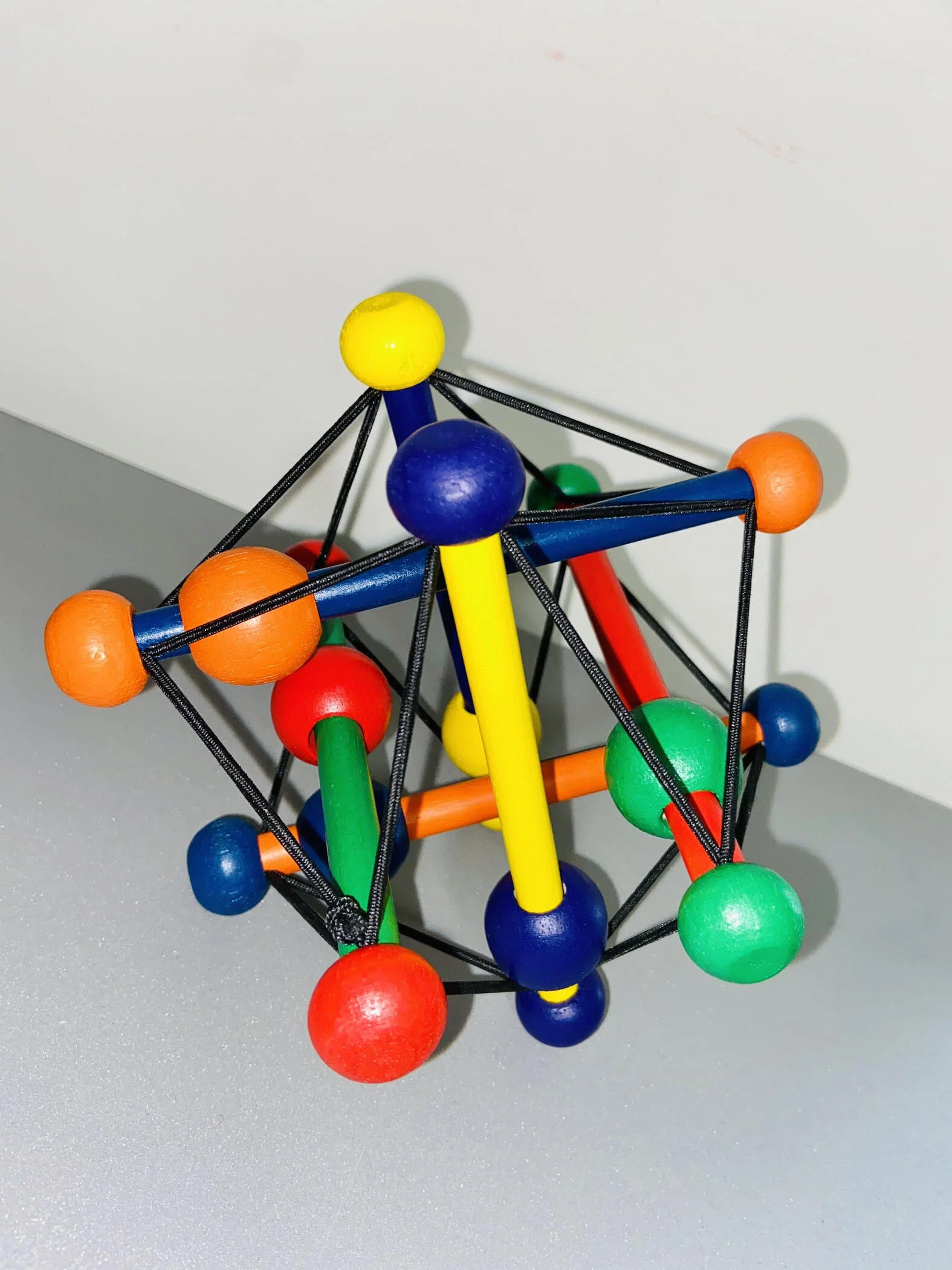Selected work
AIMING for tensegrity in Design: Aligning theory with practice in higher education
Project Type: Research Analysis, Learning Design
Themes: Higher Ed Leadership, Systems Thinking, Social Justice in Higher Education
The Challenge Space
What is good education in a ‘wicked’ system? Rittel and Webber (1973) tell us in their seminal piece in the Policy Sciences Journal that due to “unrestricted malleability of the future,” large interacting open systems will inherently always contend with tensions, and specifically, posit liberty and equity as competing forces. If one accepts this presupposition, this dilemma is thereby endemic to every element of our society, including our educational systems. Does that mean our only choices for overcoming wicked problems are defeatism or anarchy? How do we overcome these inherent tensions in our institutions of learning? What interventions are feasible? Analyzing from a systems level, it becomes clearer to see how interconnected competing elements can lead to systemic tension and how “all aspects must be adjusted” in order for change to be possible (Kezar et al, 2018). But, how, exactly, can all aspects be adjusted at the same time for effective change?
The Response
Thinking about the patterns of abstract tension and interconnectivity, I contemplated how physical constructions in our world attain balance and strength. In masonry construction, formations are stacked in “running bonds” of alternating patterns and this helps distribute the weight. However, while strong, such a construct is not flexible. If the goal is to adjust all aspects for change, the strength of elemental bonds is not enough. Flexibility is needed. Inspired by class discussions and after examining a spherical toy, the engineering design principle of tensegrity seems to hold much promise; structures consisting of opposing elements balance continuous tensile force, creating an internal prestress that stabilizes the entire structure. In other words, tension distribution provides strength and flexibility. If we accept this concept with intersecting values, the underlining premise is that acknowledging tensions and aiming for a free equilibrium, within structure, is at the core of where we should orient our design of the university—at all levels and functions.
The Artifacts
I designed a set of four interventions that consider the macro and micro level imbalances of institutional organizational design and addresses systemic tensions. Specifically, the interventions apply the engineering design principle of tensegrity along with learning frameworks to increase retention by distributing weight and tension across the system. Application involves looking at ways to make processes and practices systematically more collaborative with shared responsibilities, clear communications, and fostered sense of community through intentional connections in and out of the classroom. This impacts all areas of how institutions serve students; i.e. classroom practices, advising and student engagements. Systemic affordances of a more flexible, collaborative and inclusive system include increased equity (each element is important), diversity (some elements are rigid, others flexible, but stronger together), and flexibility (when structure is compressed by external forces, elements come closer together and retain strength).

